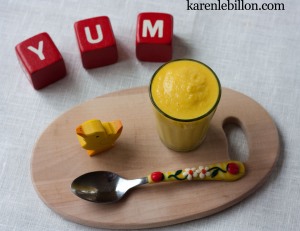Picky eater at home? You’re not alone! Try these tips to help your child conquer picky eating.
1. Ask children to taste everything you’ve prepared, even if they don’t eat it. Research shows that children need to taste a new food, on average, 7 to 12 times before they will accept it. Looking isn’t enough — they have to taste! Positive peer pressure (particularly from other children) works wonders when it’s time for “taste testing” new foods.
2. Don’t label your child a ‘picky eater.’ Instead, tell your child they’re a ‘learning eater’ (just like ‘learning readers). Try telling your children: “You’ll like that when you’re a bit more grown up.” Expect kids to develop a wider palate and — eventually — they will!
3. Introduce your child to new foods before you serve them. Sounds silly, but often works wonders. For example, show your child a raw beet: let them touch it, and smell it. Cut it open, and let them look at the intense colour. Then try a variety of ways of introducing beets to your family. Beet popsicles are a family favourite, as is beet salad!
4. Stick with a schedule (and limit snacks to one–or at most two–per day). Once they know snacks are limited, kids will automatically adjust and eat more at mealtimes. If kids know that they can fill up on snacks, they’ll tend to be fussier at meals. Once you set your new routine, stick to it!
5. Talk less about health, and more about good tastes. Say: “Taste this, it’s really yummy”, rather than “Eat this: it’s good for you.” Believe (and tell your kids), that good-for-you foods taste good. Healthy eating habits are a happy byproduct. Broccoli? Yum!





